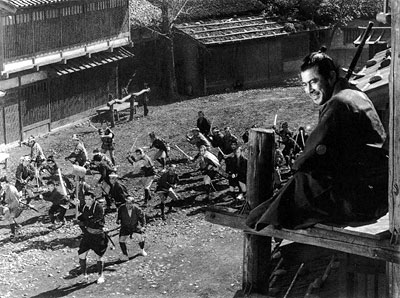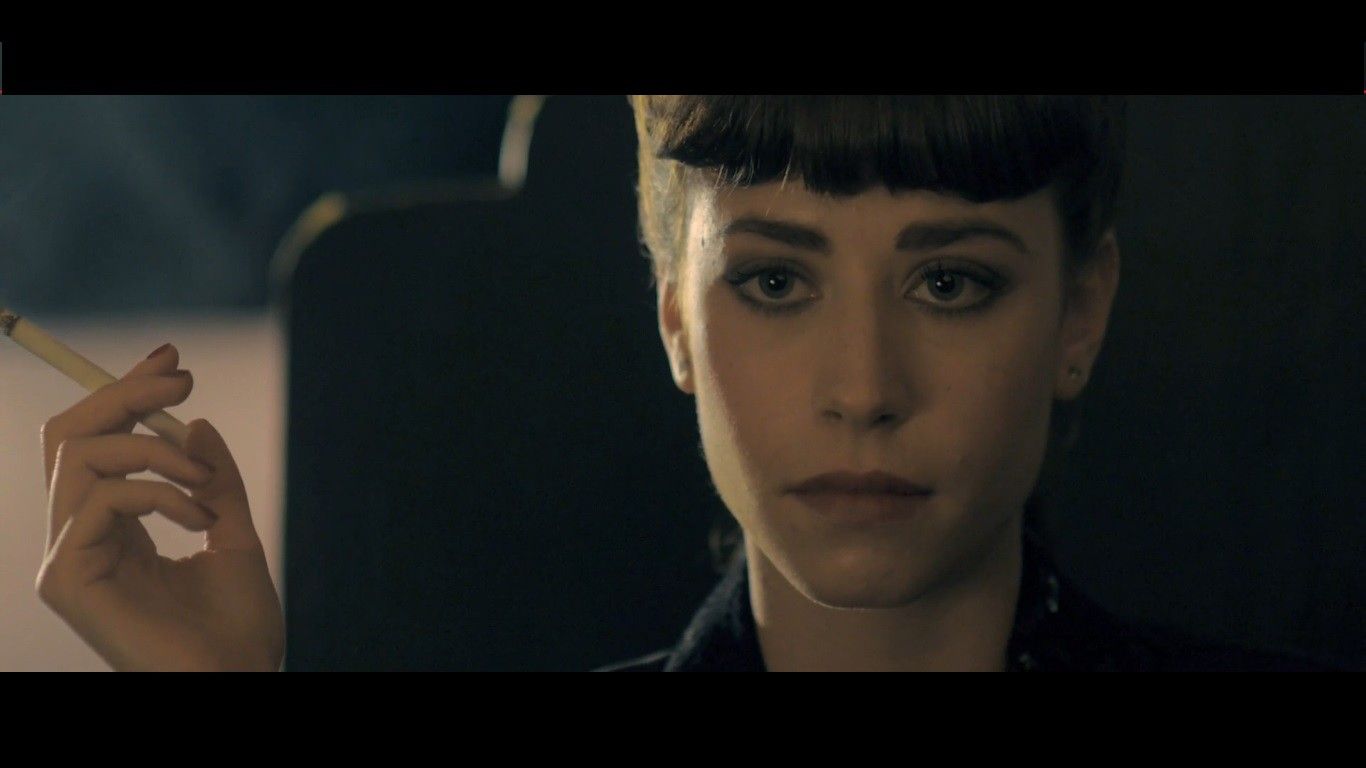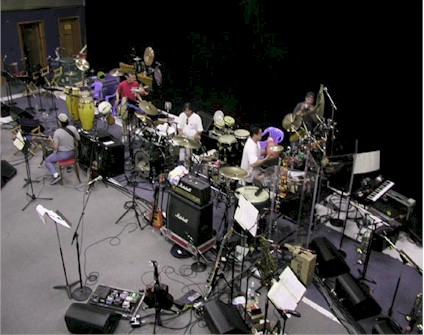Dialogue is the most overrated aspect of film.
I say this with the intent to inform the public that, yes –
speaking roles in movies are
paramount to any successful film, but there should be a sense of frugality incorporated
into the writing of a script when one thinks about dialogue.
Dialogue is hard to write. There are several factors to be
considered when writing dialogue.
Does each separate character have its own voice? Do they sound different?
Does the dialogue act as a progression in the plot? Does it
move the action forward?
Is there new information being revealed to the audience? And
is that information, known as exposition, too on-the-nose? Meaning, will the
audience feel like they’ve been whacked the head really hard by the writer or
director saying “HEY!!! Listen up, this is IMPORTANT!!!”…nobody likes that
friend who taps them on the shoulder to say, ‘Hey pay real close attention to
this part. Watch it, are you watching?’
No. Nobody likes that. As an audience we like to go to the
movie theatre (or sit in the comfort of your own home theatre system, or TV
room) and be sucked into the world of the story. We don’t want to be reminded
that we’re watching a movie. We want immerse ourselves in the story because
it’s compelling enough to capture our attention.
That story will include characters you want to understand
via sympathy or empathy. And dialogue is the most difficult tool to utilize as
a writer to convey a sense of understanding to the audience.
A great screenwriting professor of mine once told me that
great dialogue can make a good movie even better, but that bad dialogue can ruin a great movie immediately. Bottom line –
dialogue get’s re-written until it is the most concise, succinct, and anti-verbose
as possible. Motion pictures are being made here, I remind you. Moving pictures,
visuals, are the primary component and sound and dialogue are added as fine
details to the final product.
I’ll use one little example, from one of my more recent
favorite films, Drive, by Nicolas
Refn Winding. In it, Ryan Gosling shines as a nearly mute lead character that
defines himself through his actions, not his words. He has very limited
dialogue, and his character doesn’t even reveal his name throughout the entire
movie, something which I’ll admit to not even realizing until I looked it up later
on IMDB. How do you understand a character who barely speaks or shares very
limited information to you?
His character in my opinion is so compelling because of his
non-verbal body language. Every thing he did
say, merited some very valuable characterization. Whether it is a simple
“Wanna see something?” and have him take his love interest and her son on a
sunny Sunday drive down the Los Angeles River, or a simple “Okay,” as a
response to whether he’d want some water, Ryan Gosling as “The Driver” gives
the audience a tease into the grinding gears of his psyche. It’s only until we
see him explode as a character of violent nature later in the film that we
realize there is something innately intriguing about him, his motives, and his
past. From then on, the audience can only surmise the “why” of his true nature.
That is it right there; a cinematic love and infatuation for
ambiguity in complex characters. Nobody wants to be hit over the head with
lines of explanation because it removes the fun out of the movie viewing experience.
People love to be sleuths, and love to solve mysteries, and it is the mystery
of the character that makes roles in certain movies so compelling. It’s when
the screenwriter, director, or cameraperson gives you the tiniest morsel of
breadcrumbs visually, not aurally, to build to your conclusion without being
directly told why through dialogue of the character.
“Drama is life with the dull bits cut out.” Alfred Hitchcock
said this.
For a cinematic perspective on life, you can see really good
movies written by good screenwriters who tell stories peppered with great
dialogue. But it is those few really great screenwriters, however, who can tell
an incredible story using as little dialogue as possible.
- Sebastian Gilbert








